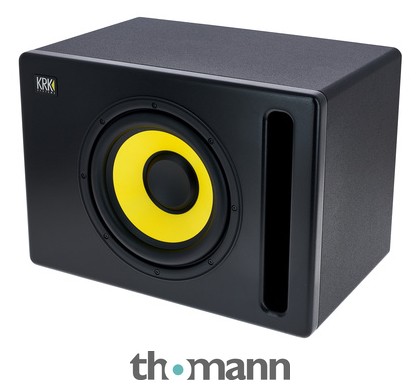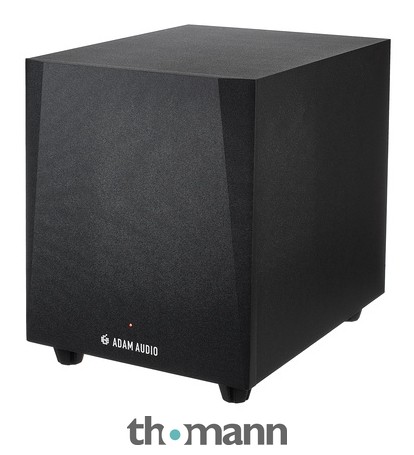Hello everyone,
Since I know nothing about audio, my question may come across as not being particularly bright. In spite of the risk of depicting myself as an utter fool I would really like to ask if there is a reason for not using a studio subwoofer at home.
I have been searching for low budget subwoofer options and the ones I found seem a bit sloppy and (most importantly) they don't offer the possibility of filtering the frequencies that go to the main speakers (my amp does not have a sub output)
At Thomann (Germany-based shop) I have found several subwoofer options from brands like KRK, Swissonic etc that look really good.
Most of them offer several input options and also an output that allows (using the built-in crossover) to filter the frequencies you send to your main speakers.
Am I missing something? Is it a reasonable option to use a studio subwoofer at one's living room?
Thanks a lot in advance!
Since I know nothing about audio, my question may come across as not being particularly bright. In spite of the risk of depicting myself as an utter fool I would really like to ask if there is a reason for not using a studio subwoofer at home.
I have been searching for low budget subwoofer options and the ones I found seem a bit sloppy and (most importantly) they don't offer the possibility of filtering the frequencies that go to the main speakers (my amp does not have a sub output)
At Thomann (Germany-based shop) I have found several subwoofer options from brands like KRK, Swissonic etc that look really good.
Most of them offer several input options and also an output that allows (using the built-in crossover) to filter the frequencies you send to your main speakers.
Am I missing something? Is it a reasonable option to use a studio subwoofer at one's living room?
Thanks a lot in advance!




